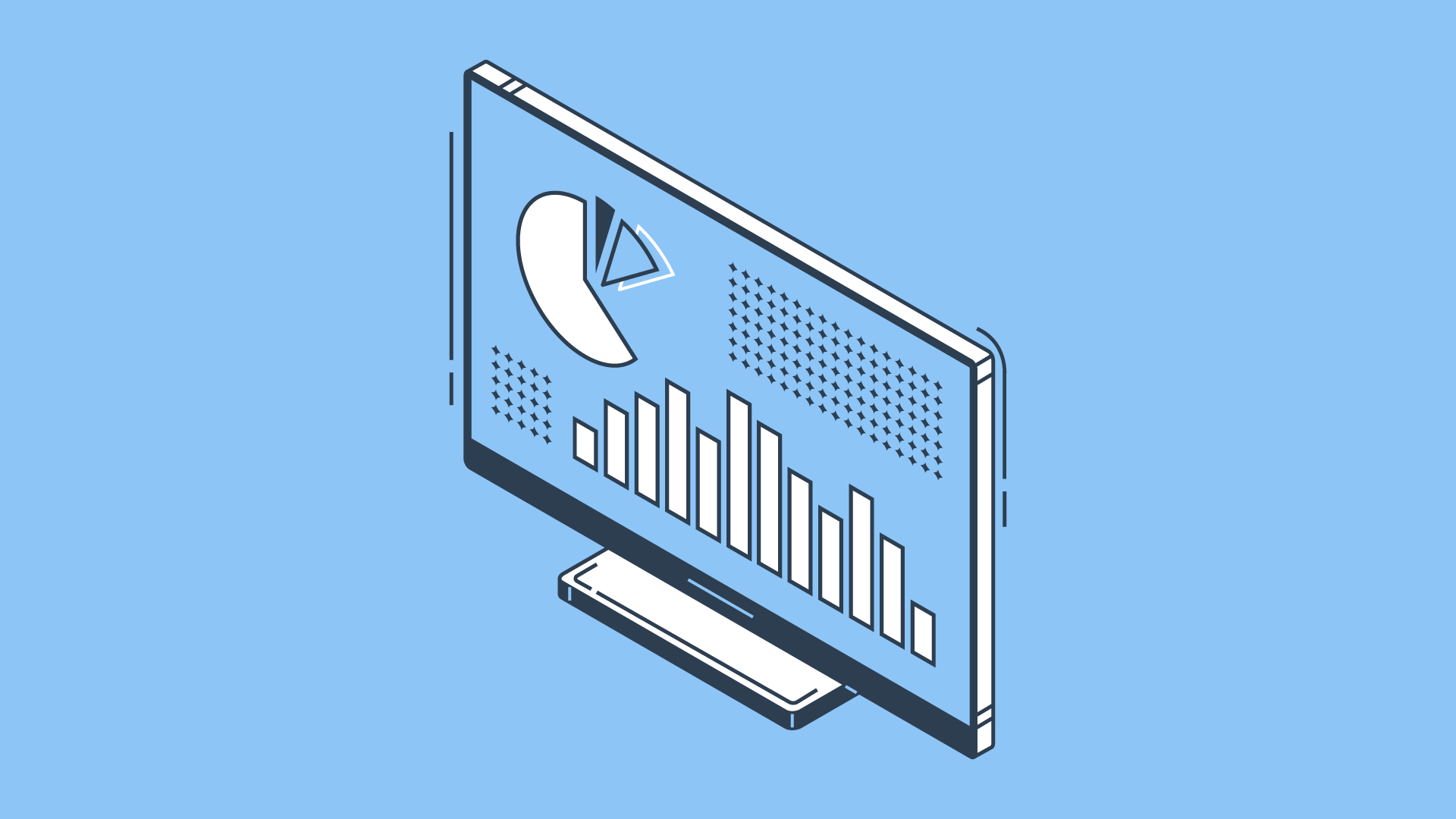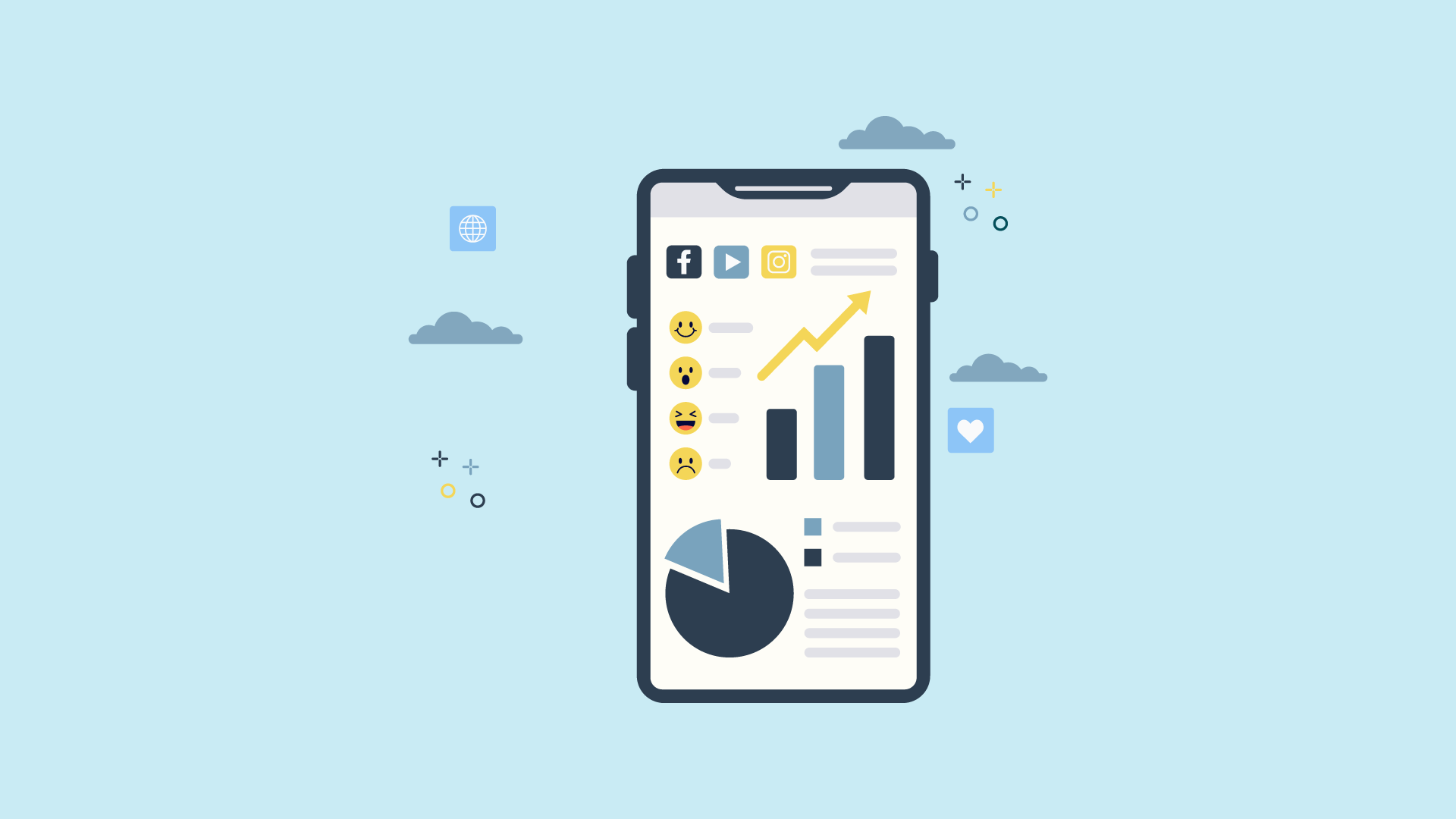Are you looking for ways to improve your company's web presence and inbound marketing strategy? If so, you've come to the right place. The key to success lies in understanding the importance of the metrics you collect.
According to the Demand Gen Report, 44% of marketers say "Better measure the ROI of our demand generation initiatives" is their top priority. Inbound Marketing makes up 80% of total digital marketing budgets.
Metrics are the foundation of successful campaigns. Without them, you won’t know whether or not your campaign has worked.
Here are some simple ways to get started measuring your performance. Be sure to track your conversion rates, bounce rate, time spent on site, and keyword rankings so you can see where improvements lie. These data points can help drive further optimization of your site.
|
Inbound Marketing A business methodology that attracts customers by creating valuable content and experiences tailored to them. Simply put, turning strangers into brand promoters. |
What Do Inbound Marketing Metrics Tell You?
Inbound marketing metrics or KPIs (key performing Indexes) should be used to gauge the success of an inbound marketing campaign rather than simply wasting your time. If you are strategically monitoring KPIs, they will help you discover what works, and what doesn't work, determine where there are opportunities for improvement, and direct the implementation of tactics that work to increase the effectiveness of your marketing efforts.
Inbound marketing metrics can tell us a lot about our efforts. For example, we know whether our content is resonating with readers and whether it’s helping us reach our goals. We can use these metrics to measure the success of our social media strategy, and even see which channels are working best for us.
Key Inbound Marketing Metrics You Should Be Tracking
Inbound marketing is all about building relationships with prospective buyers. This type of marketing relies heavily on social media sites like Facebook and Twitter. These platforms allow businesses to interact directly with consumers. By providing helpful information and offering incentives, companies can engage potential customers and turn them into loyal fans.
A successful inbound marketing campaign helps you build a positive customer experience that ultimately leads to repeat purchases. To measure the success of your efforts, it's important to track metrics such as:
1. Conversion Rates
A conversion rate is an important key performance indicator (KPI). It tells you how successful your marketing efforts are. In short, it measures how many people did what you wanted them to do.
Conversion rates vary depending on the goal you want to achieve. For example, if you want to increase sales, you can measure the number of customers who bought something.
If you want to improve customer retention, you can look at how many people came back to your site. And if you want to know how well your product works, you can measure the percentage of people who used it correctly.
There are several ways to calculate conversion rates. Some companies use a simple formula while others use complex ones. However, there is one thing everyone agrees on – you cannot simply add up the numbers.
You must understand why people convert before you can figure out how much money you make per visitor. Otherwise, you might end up with a misleading value.
Here are some things to consider when calculating conversion rates:
• What actions does your site offer?
• How often do those actions happen?
2. Website Visits
One of the most important parts of inbound marketing is making sure your content gets in front of people who may want or need your services or products. Getting eyes on your site is an important factor in determining whether your efforts will be successful.
Tracking visits to your website, blog and specific pages within your site are all useful KPIs to measure and understand how well your efforts are working and what your target audience wants.
3. Traffic Sources
There are several different kinds of traffic to a website, including organic, social, email campaigns, direct, and referrals.
Tracking website traffic can tell you where people are coming from when they visit your site and which pages they’re visiting, helping you determine which content is converting best for your business and which channels are giving you the best ROI.
4. Leads
The number of leads you are getting is an insight that is useful for measuring your digital marketing efforts. You should also track the quality of these leads by looking at their behaviour and engagement levels.
Don't overlook the opportunity to capture prospects' data, on your website, when they are interested in the content that you are distributing!
If you’re creating educational content related to a product or service, collecting basic contact information from people who want to learn more about it allows you to grow a list of potential leads which can be nurtured into sales-ready leads.
5. Qualified Leads
A qualified lead is someone who has already expressed interest in your product or service. These are people you want to keep engaged with because they're likely to become customers.
Leads come in different types and levels. There may be the contacts who give their contact in exchange for a resource and then realize later that what you offer is not exactly what they need at the moment, and there may be the leads who move further through the sales funnels, becoming qualified leads.
You can qualify leads based on different factors such as their demographics, location, company size, industry, etc. These qualified leads are then organized into marketing qualified leads (MQLs) or sales qualified leads (SQLs).
6. Customers
You can't expect to be successful without tracking how your marketing efforts are working out for you. To measure the effectiveness of your inbound marketing efforts, you need to track customer acquisition, retention, and revenue. The goal here is to find ways to improve your marketing so that you get more customers and retain them longer.
7. Organic Traffic
Organic traffic refers to visits to your site from search engines like Google, Bing, and Yahoo. These visitors usually come directly from a search engine without clicking on a paid ad. Organic traffic is very important because it helps determine how relevant your content is to potential customers.
According to Search Engine Watch, websites that are on top grab 36.4% of the traffic which is missed by lower-ranked websites.
Inbound Marketing is built upon the idea that if you put out the right kind of content that is helpful to your prospects and that is optimized for how they would search for it, then you will attract the right leads.
One of the best inbound metrics to measure your site's success in attracting the right audience is organic traffic.
Organic traffic is one of the oldest KPIs, but it remains a favourite among marketers. It has been around for a long time because it is relatively easy to track, and straightforward; it can give you a lot of information.
If your organic traffic rate is high, it means that your content is resonating well with the right audience. If you have a high organic search traffic number, then it means that your content marketing strategy has been successful in placing you ahead of your competitors in search rankings and speaking to your target audience.
When you're generating a lot of organic traffic, it indicates that you're getting a large number of leads without having to pay for them.
8. Time-on-Site
Time on-site is another metric we use to measure how engaged your visitors are with your site. If you're getting people to spend lots of time on your site, it means they're finding what they want and are likely to convert.
If you're focusing on inbound marketing, then the time-on-page metric is an important one to monitor. To be successful at inbound marketing, you need to educate and engage new potential clients with content that helps them solve their pain points and answer their questions.
Time-on-site measures how long people spend reading your content.
If you have a longer average time-on-page, then your visitors are likely browsing around. They're reading your articles and browsing through your site.
If a site has a short time-on-page, then it might be time for a change. You can consider changing the images or the content offered on your front page. Make sure you change up your CTA's and work to answer the questions your target audience asks the most.
9. Time-on-Page
Time-on-site and time-on-page are equally important. It may seem obvious, but measuring how long a user stays on a specific page of your site is an important way to measure its success.
This is an especially helpful metric if you've been trying to develop longer-form content or if you're working on incorporating pillar pages into your site.
Time-on-page metrics can help you identify which pages aren't engaging enough for your audience, and which may need some improvement.
It's not easy these days to get people to stay on your site for long periods, but if you notice pages with longer page views times, then you're probably doing something right.
10. Bounce Rate
Bounce Rate (or Exit Rate) is one of the key metrics used by marketers to measure how effective their web pages are.
Bounce rates can be used for a variety of purposes including web design and understanding how well your landing pages are performing.
If your bounce rate is high, it may be because your visitors don't resonate with the specific page they're being sent to.
Do they bounce off of a landing page before they click through? You may consider removing some of the required fields from your form. You might want to consider removing the navigation bar altogether.
If you see high bounce rates on a piece of content, it’s probably time for an evaluation. You may need to improve your hook, or your content may need to offer more information. Include an interesting opening paragraph, ensure that there are ample eye-catching, but informative headers, and be certain that your content is conveying some sort of message.
Does your home page have a high bounce rate? You may be unclear about what you do. You can consider changing up your header design, adding in new visual items such as images or videos, and seeing if the KPIs start to improve.
11. Customer Acquisition Cost
Customer Acquisition Cost (CAC) is a measure of how much it costs your company to acquire each new customer. Most companies find it more expensive to attract new clients than they do to keep existing ones. CAC tells you a lot about how well you’re doing when it comes to growing your business.
You can also use it to determine if your marketing strategy is working effectively. If you're spending thousands of dollars on Facebook and Google Adwords ads, but you're only attracting a handful of new customers per month, then you've got an extremely high CAC, and it might be time to make some adjustments.
If your outbound marketing strategy is not converting at the correct customer acquisition cost, then you may want to invest more heavily in inbound marketing.
You can also use your CAC to help calculate the overall return on investment (ROI) of your marketing campaign.
12. Lifetime Value of A Customer
As your CAC tells you, how much it costs to get a new customer, the LTV of a customer tells you how much you're earning from them throughout their relationship with you. To determine the overall value of a client, use the following equation:
(Amount of average sales per customer) x (Average number of times a customer buys per year) x (Average retention time for a typical customer (whether that's a year, a month, or more))
In general, the lifetime value of a customer tells you how valuable it is to nurture leads, even after they’ve made a purchase. Most businesses find that it is more costly to acquire a new customer than it is to maintain consistent business with an existing one.
13. Return on Investment
Return on Investment (ROI) is the key performance indicator that every business owner wants to know. You probably already know that you need to track it, but just in case you didn't, I am going to tell you again.
However, I must include it on this list for two reasons: First, it is an important KPI that tells us something about our efforts; Second, it truly is one of our most telling inbound marketing metrics that exist.
Your return on investment tells you how much you are making, compared to how much you are spending on your inbound marketing campaign efforts.
If you want to prove to your boss that inbound marketing works, then measuring its success is just as important before starting inbound marketing as it is once you've been doing it for some time.
The ROI metric helps you determine whether your efforts are paying off and whether you're wasting time and resources on something that isn't performing.
For example, let's say you still advertise in a local Yellow Pages. It costs you several hundred dollars every time you post an ad. Let's assume you don't get any referrals from that yellow pages ad. There is virtually no return on investment here. You're investing money in a marketing effort that isn't returning any revenue.
You've noticed that your Yellow Pages ad hasn't been performing well. Instead of paying for an advertisement, you decide to spend the money on hiring a content writer to write articles for your blog. After a few months of blogging, you've got a lot of leads calling in, each one referencing something he/she read on your blog.
If you close on some of these sales, for more than the cost of the content writer, you will have a positive return on investment (ROI).
If you've achieved a high return-on-investment (ROI) percentage, then you know that your marketing strategy is effective. If you are pointing in more money than you are getting out, it's probably time for a change.
Start measuring your Inbound Marketing Campaign
Many of these can be tracked via your website management platform, but we’ve found that marketing platforms are essential for efficiently tracking inbound marketing KPIs without spending hours upon hours manually searching, identifying, and comparing them.
We use HubSpot for our marketing automation platform and rely on its analytics tools to not only identify but also easily compare changes over time and track overall activities. Google Analytics is also a valuable tool for tracking digital data, including traffic sources, conversions, and user behaviour.
Regardless of where you are in your Inbound Marketing Journey, it’s never too late to begin tracking key Inbound Marketing Metrics to show your success with the strategy and help you align future efforts based on the data collected.



